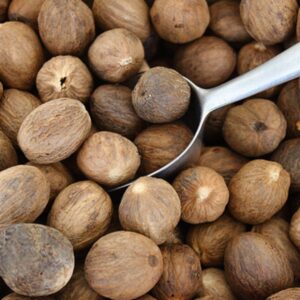Description
Common Names:
- Gudmar Leaves
- Gymnema Sylvestre (Botanical name)
- Meshashringi (In Sanskrit)
- Madhunashini (In Hindi)
Forms:
- Dried Leaves: Typically used in traditional medicine after drying.
- Powdered: The dried leaves are ground into a fine powder.
- Capsules/Tablets: Available as a dietary supplement.
Origin:
- Native Region: Native to the tropical forests of India, Africa, and Australia.
- Cultivation: Widely cultivated in India, particularly in the states of Maharashtra, Tamil Nadu, and Karnataka.
Nutritional and Chemical Composition:
- Active Compounds: Contains gymnemic acids, saponins, flavonoids, and triterpenoids.
- Nutrients: Rich in fiber, proteins, and essential minerals such as calcium, magnesium, and potassium.
Health Benefits:
- Blood Sugar Regulation: Known for its ability to reduce sugar absorption in the intestines and help manage blood sugar levels, making it beneficial for people with diabetes.
- Anti-sweetness Effect: Temporarily reduces the ability to taste sweetness, which can help in reducing sugar cravings.
- Weight Management: May assist in weight loss by reducing sugar absorption and curbing appetite.
- Cholesterol Management: Helps in lowering bad cholesterol levels (LDL) and improving heart health.
- Anti-inflammatory Properties: Contains compounds that help reduce inflammation in the body, contributing to overall well-being.
Uses:
- Ayurvedic Medicine: Used in traditional Ayurvedic practices to treat diabetes, obesity, and other metabolic disorders.
- Nutritional Supplement: Often taken as a supplement for blood sugar control and weight management.
- Culinary Uses: Occasionally used in herbal teas and health drinks for its medicinal properties.






